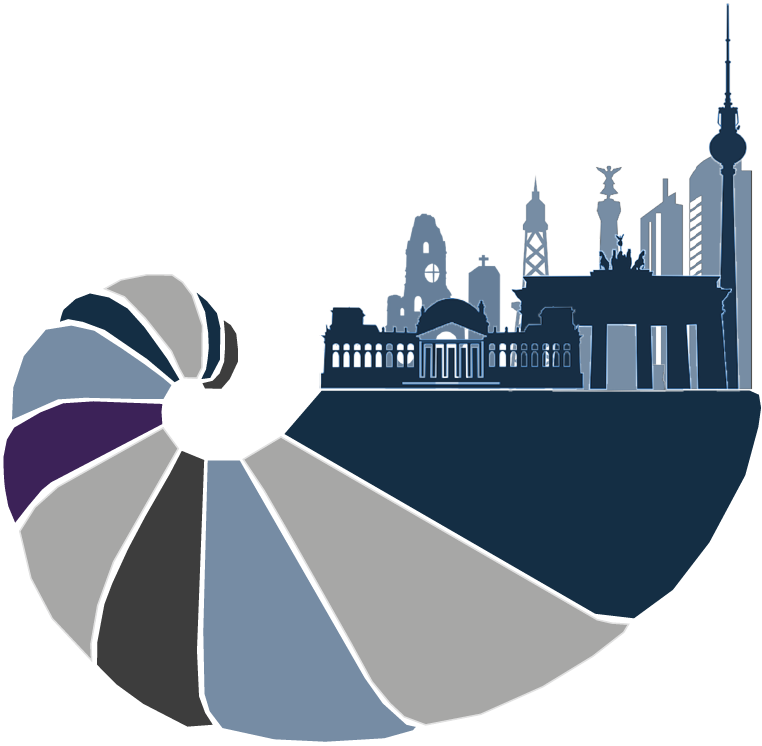Sex, reproductive strategy and immune system evolution
Reproductive strategies shape sex-specific immunity and contribute to immunological adaptations. Understanding how reproductive strategy shapes immunity, permits to tackle ultimate and proximate drivers of sexual dimorphism and sex roles.Using the unique evolution of male pregnancy in syngnathids (pipefishes and seahorses), we explore how exceptional reproductive strategies are linked to genetic adaption and phenotypic plasticity in development and immunity. Despite conventional sex hormone profiles and variable sex determination, immunological patterns usually associated with the female sex, are in this teleost family consistently linked to the male sex. Syngnathids´ male pregnancy has coevolved with gene rearrangements and regulatory shifts that promote embryo tolerance. This system offers an opportunity to examine how reproductive roles reshape immune function. By translating findings from model systems with exceptional life histories to human health, we support inclusive and personalized approaches in diagnosis and treatment through the integration of sex and gender into public health strategies.
Tracking the deep evolution of animal sensory-motor integration
Animals move through and interact with their environments in ways unique to life on earth. This is generally facilitated by complex sensory-motor systems built around specialized cells of muscles and neurons, though their evolutionary origins and how they integrated remains unclear. To reconstruct these historical events, we preform comparative studies in choanoflagellates, ctenophores, and sponges; lineages who's branching patterns bracket key transitions in animal evolution. Choanoflagellates, the sister group to animals, have multicellular life-stages that display coordinated behavior, relying on components involved in neuronal signaling. Ctenophores have both muscles and neurons, with a mixture of unique and conserved features, while sponges lack both cell types, but possess much of the molecular and genetic toolkit to build them. This work suggests a stepwise emergence of true muscles and neurons from components that organized and integrated during the time before the first animals and the last common ancestor of extant lineages.


